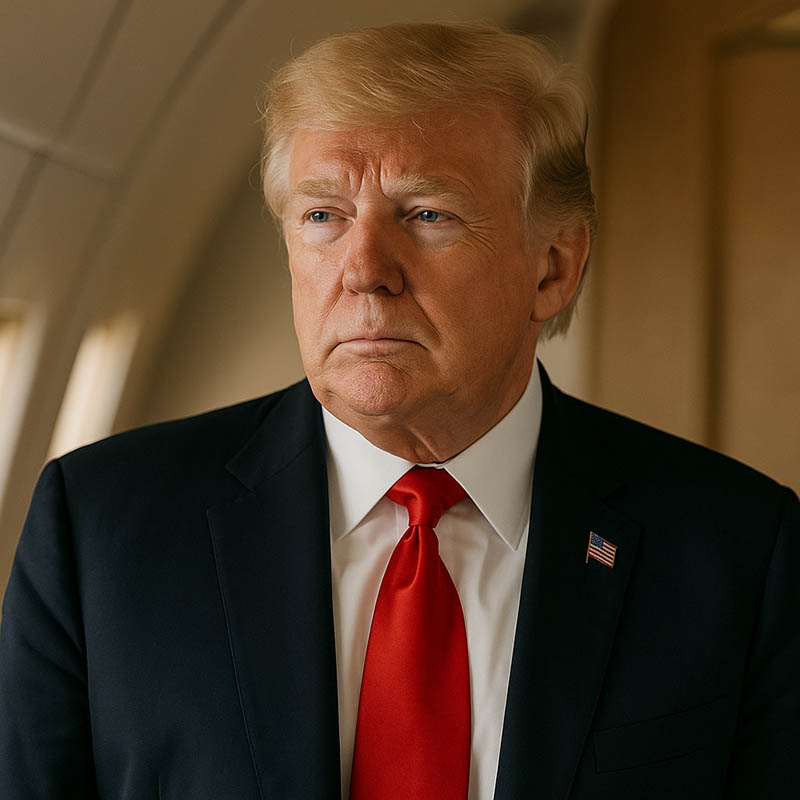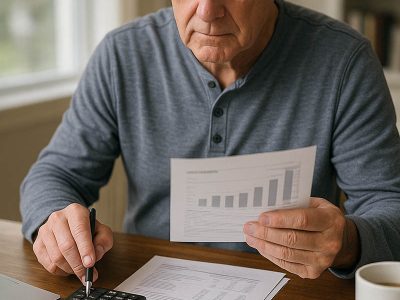Payam Javan: President Donald Trump indicated that Americans shouldn’t expect the proposed $2,000 tariff-funded dividend checks before the holidays, acknowledging during an Air Force One briefing that the earliest payments would likely arrive sometime in 2026. While the timing remains uncertain, Trump emphasized that the plan is tied to ongoing legal and policy reviews, including the Supreme Court’s recent consideration of presidential authority in adjusting import taxes under the International Emergency Economic Powers Act.
Reasserting a signature message from his campaign and presidency, Trump highlighted that the United States has collected “a lot of money” from tariffs—revenue he argues gives his administration both the flexibility to issue dividends and the ability to tackle the massive federal debt he attributes to “Biden and others.” According to Trump, the proposed payments would be targeted primarily at middle- and lower-income Americans, though he did not define income thresholds. Current guidance from the Pew Research Center places middle-income households roughly between $56,600 and $169,800.
Inside his administration, ideas for how to distribute the funds continue to evolve. Treasury Secretary Scott Bessent has floated the option of delivering the tariff dividend as a tax cut rather than physical checks, though he stated publicly that he has not yet pitched the idea directly to the president. The proposal joins a growing list of Trump-backed initiatives aimed at delivering financial relief, reaffirming the administration’s focus on returning tariff revenue to working Americans.
Trump has also revived proposals for targeted bonuses, most notably suggesting a $10,000 payment to air traffic controllers who continued working throughout what he labeled the “Democrat Shutdown Hoax.” He framed the idea as a gesture of appreciation for federal workers he described as “great patriots.” The concept fits within a broader history of direct-aid efforts during Trump’s presidency, including the pandemic-era stimulus checks in 2020, with additional rounds later issued under President Biden in 2021.









